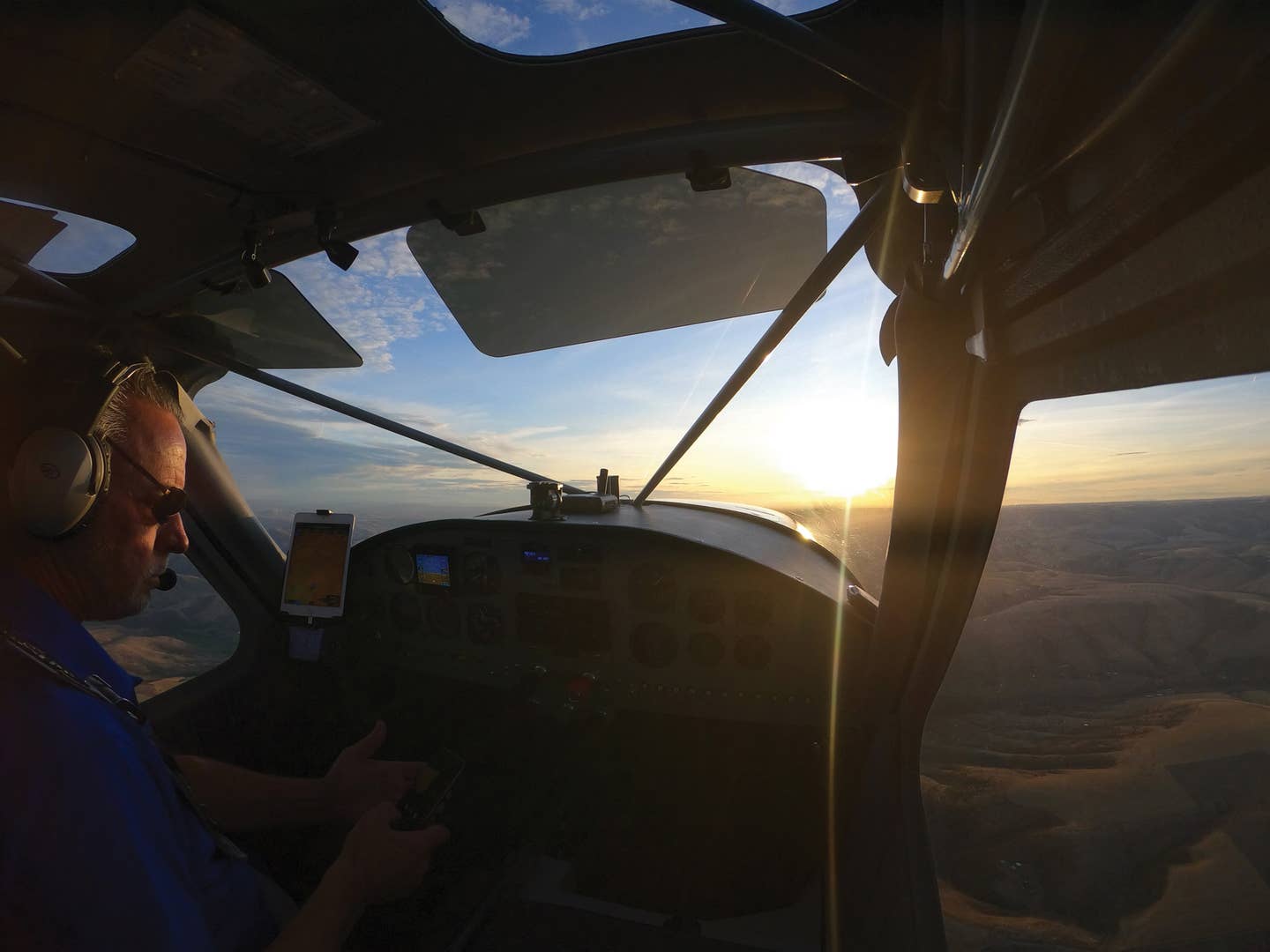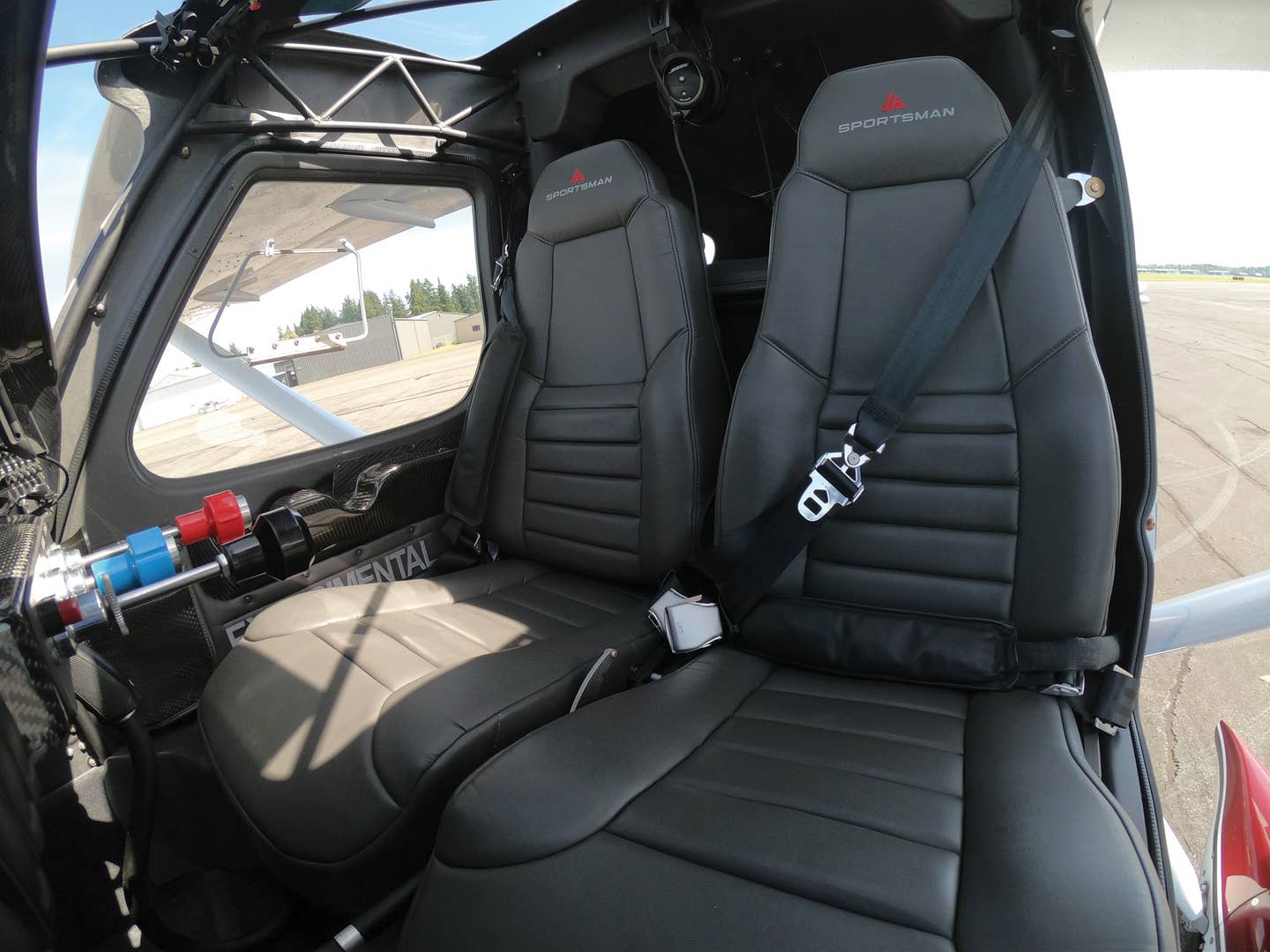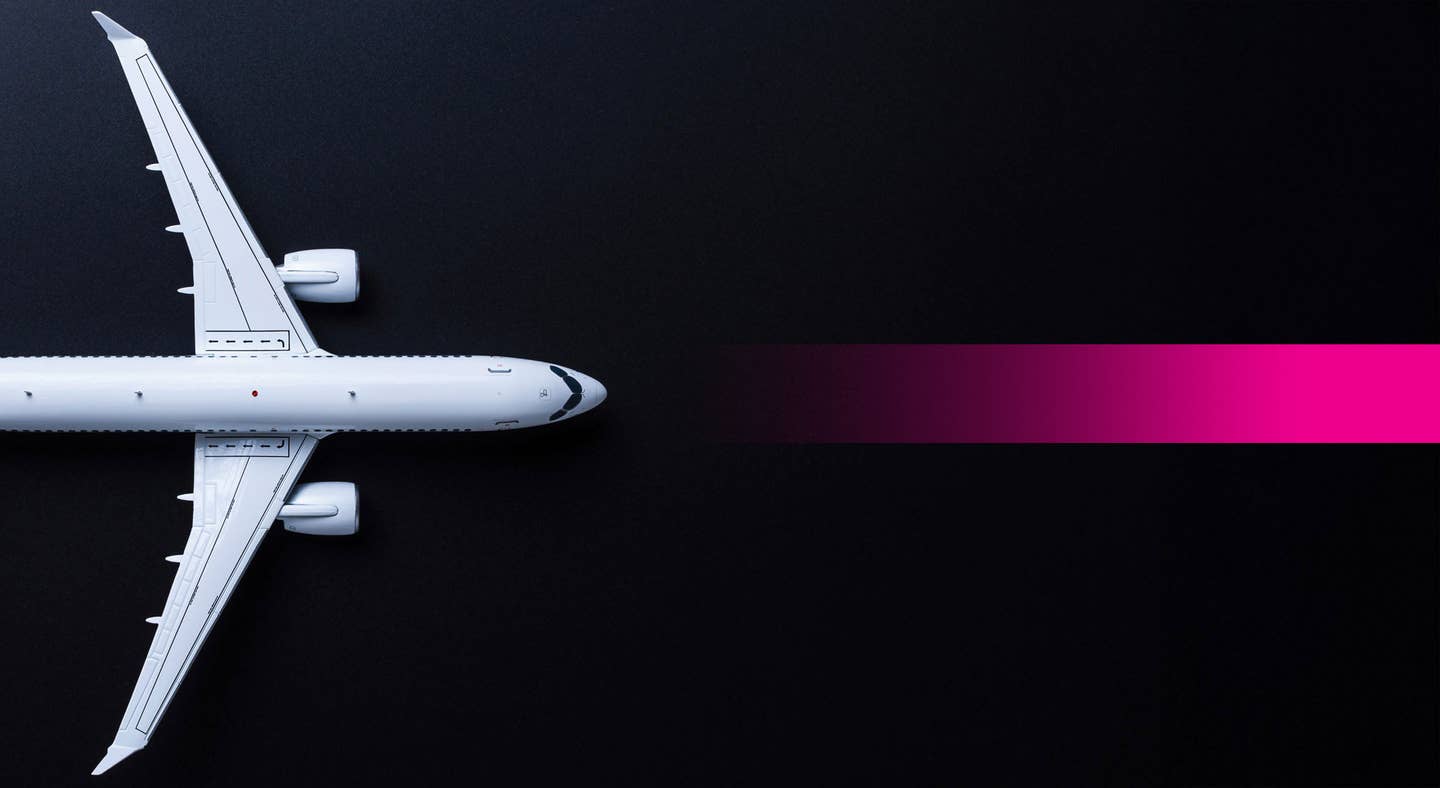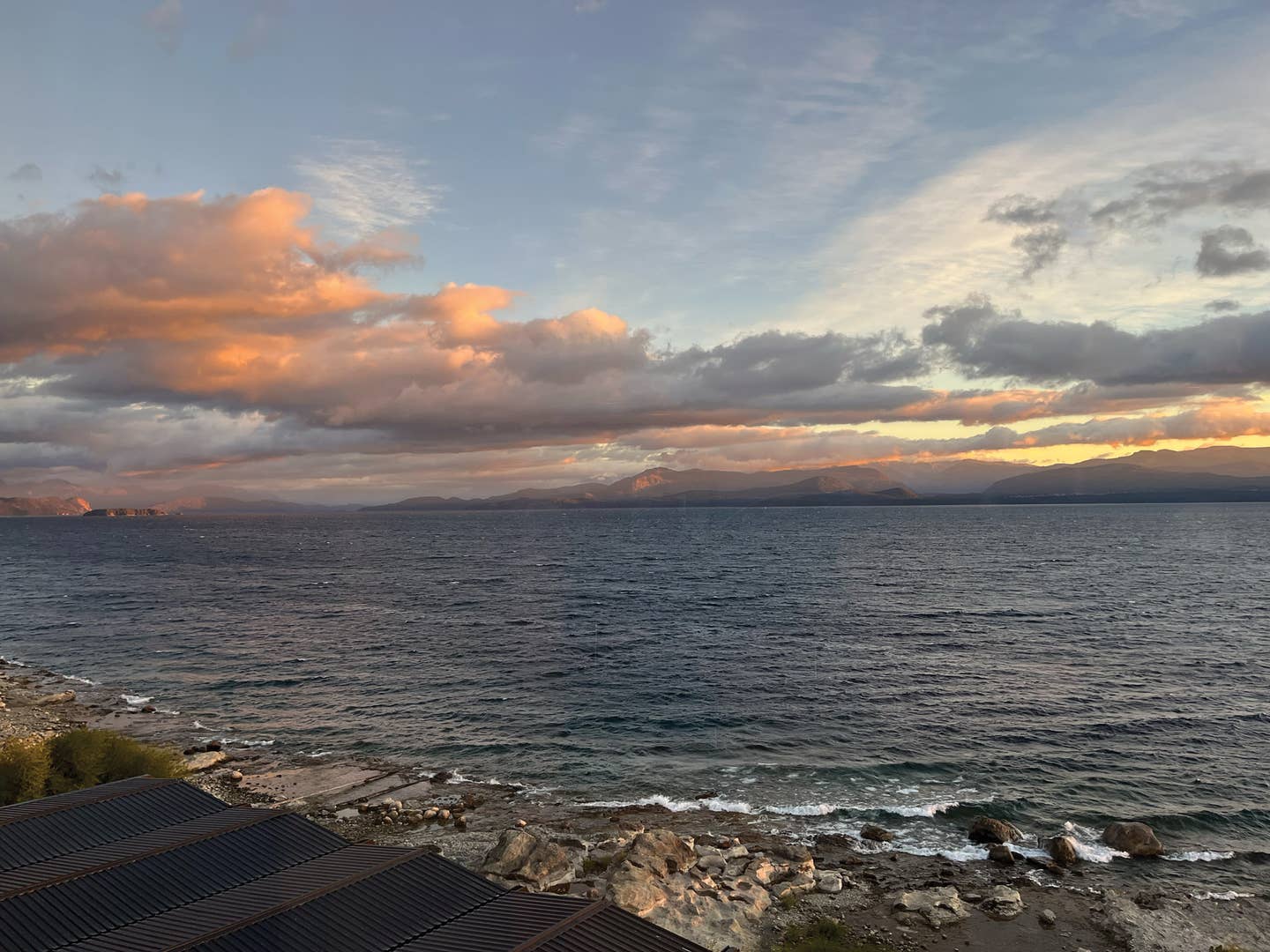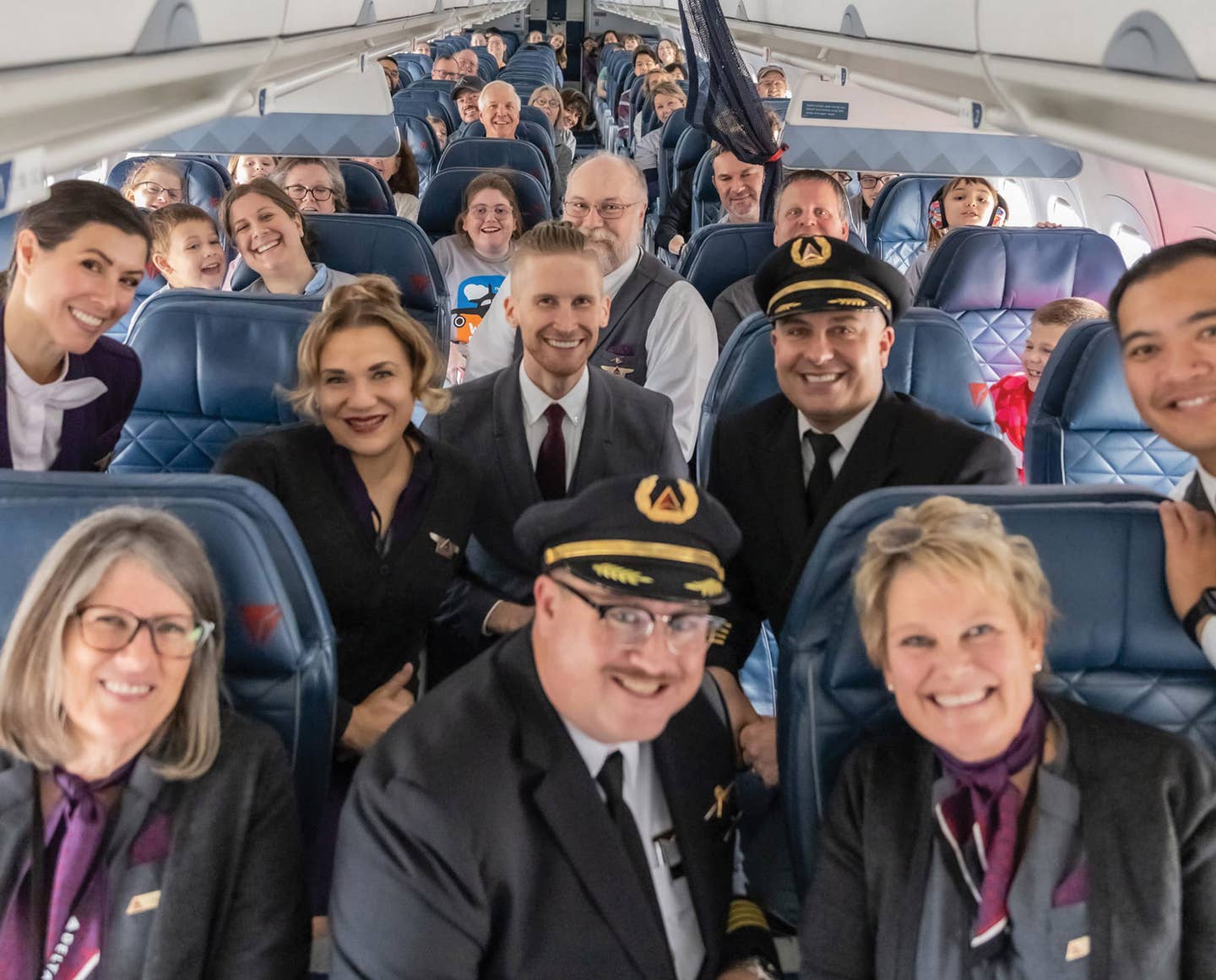Gear to Buy When Purchasing a Plane
If you’re new to aircraft ownership, don’t overlook these essentials.
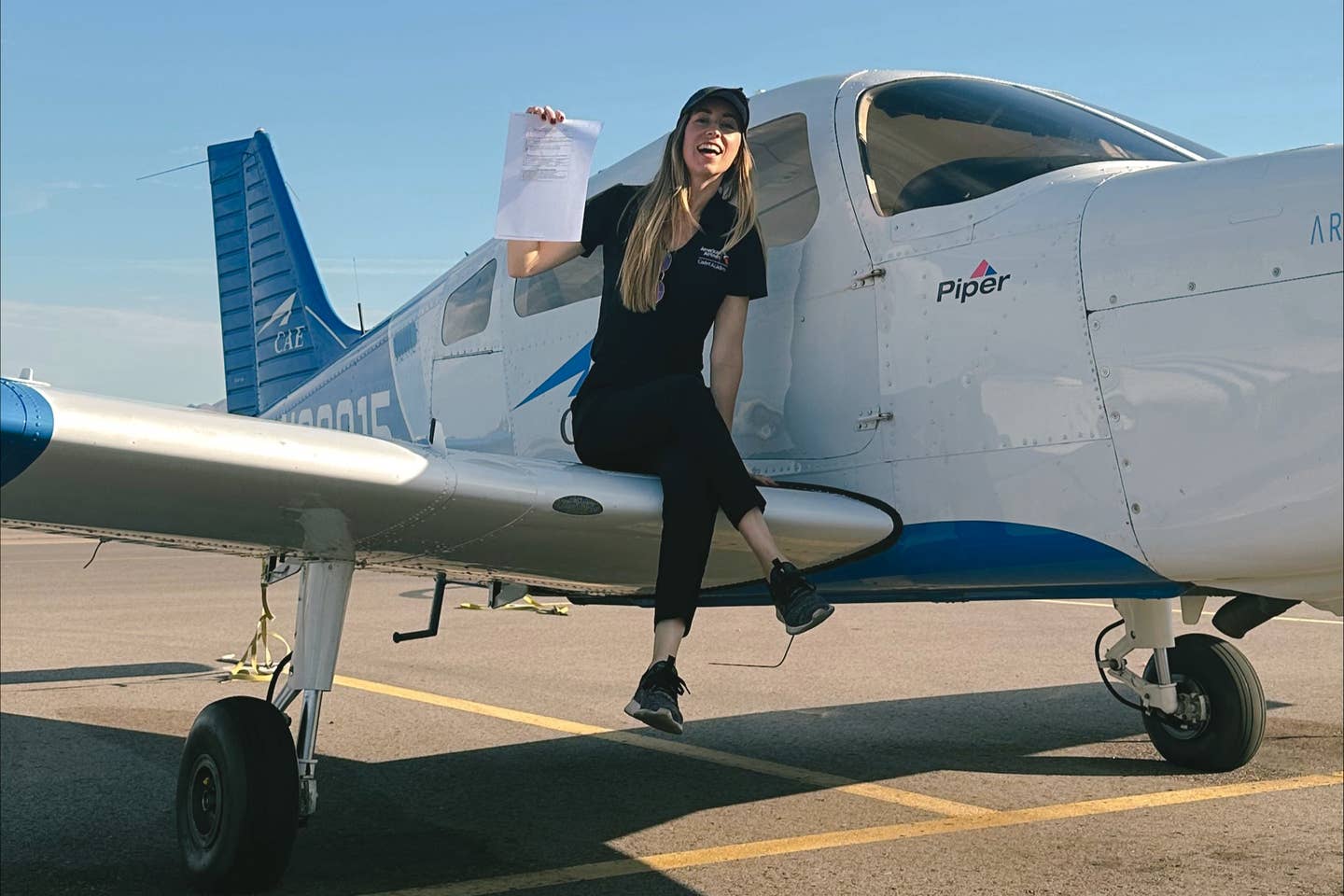
Did you just buy a new plane? The next step is buying the right gear. [Photo by Carly Chamerlik]
Buying an airplane for the first time is an exciting milestone for any pilot. From building time for pilot jobs to flying for fun, aircraft ownership can be a great lifestyle fit for pilots of all experience levels.
As a first-time aircraft owner, there is a lot to learn about the process of buying and maintaining an airplane. Not only do you need to find the right aircraft for your needs, you’ll also need to consider what products are required to make the most of your purchase. Having the right gear in place early on will make your aircraft ownership journey easier, safer, and more fun.
Essential Flight Gear
Depending on the type of aircraft you’re buying, it may have different equipment requirements than the aircraft you’ve been flying up until now. Maybe you’ve been renting or borrowing gear from a flight school or a friend, or maybe your gear is just getting worn out.
As a new owner, now is a great time to think about investing in proper equipment or upgrading your existing gear.
Pilot gear
Headsets
Every pilot needs a good headset. With all of the time you’ll log in your new airplane, you’ll want to make sure your headset is both functional and comfortable.
Additional features like noise cancellation and Bluetooth integration are not only comfort features. They can also improve safety.
Noise reduction headsets make it easier to hear radio communications, saving time and lessening the pilot’s workload. Having to repeat communications or pay close attention to hear over background noise can waste precious time in an emergency or divide the pilot’s focus.
A headset with Bluetooth capabilities isn’t just for listening to music on a long cross-country flight. This feature also allows for calls to be taken over the headset from a phone with proper signal coverage. Whether calling a weather briefer on the ground or reaching out for help in an emergency, the added ability to make and receive phone calls from your headset can be invaluable.
Plane & Pilot’s favorites:
Practical clothing
The flying environment has all kinds of possible hazards. Changing weather and climate, handling chemicals like fuel and oil, and physical activities like preflighting all can introduce risk to the pilot. Dressing appropriately for flight makes the process easier and safer.
If you’ll be flying in any cold weather, consider getting some leather gloves. Preflighting in the cold without gloves is a miserable and potentially dangerous experience. Even in more moderate climates, gloves can be a great addition to your flight bag for use when handling fuel, oil, or engine components. They can also be great to have in an emergency, or in a scenario where cabin heat is unavailable during flight.
Plane & Pilot’s favorites:
- GI Type Flame & Heat Resistant Flight Gloves
- Sealskinz Twyford Waterproof Cold Weather Work Gloves
- Amazon Basics Micro-Foam Nitrile Coated Work Gloves
It’s also a good idea to invest in good footwear for flying. Look for comfortable shoes or boots with non-slip soles that can handle long days on the ramp and in the air. Depending on the weather and type of flying you’ll be doing, you might consider a comfortable sneaker or supportive leather boot.
For overall comfort, warmth, and practicality, it’s a great idea to dress in layers and be prepared for changing weather conditions. Consider clothing pieces that are made for outdoor use. Look for pockets, zippers, and other functional features that can be beneficial during flight.
Many aircraft manufacturers offer branded clothing made specifically for flying. As a new aircraft owner, you might find your aircraft’s manufacturer offers the perfect branded flight jacket to meet your needs.
Plane & Pilot’s favorite jacket:
Plane & Pilot’s favorite base layer essentials:
Sun Protection
Pilots face near constant sun exposure on the job. It’s important to prioritize shielding yourself from harmful effects of solar radiation by wearing sunscreen and protective clothing. Wearing sunglasses and hats with visors also protects your vision, an essential part of flying.
Plane & Pilot’s favorites:
Aircraft Supplies
When it comes to caring for your new aircraft, some basic care and maintenance supplies will go a long way. If you have the luxury of keeping your airplane in a hangar, these are items you’ll want to have stocked on the shelves inside. For those with tie-down spots on the ramp, consider putting together a collection of supplies in a small tote for your cargo space or the trunk of your car.
For more recommendations on preventative maintenance supplies, talk to your local A&P (airframe and powerplant mechanic). They’ll be able to tailor advice to you and your aircraft. And for a deeper maintenance learning experience, ask about participating in an owner-assisted inspection for your next annual.
Cleaning
Airplanes get dirty, both from flying and from sitting in a dusty hangar or out on the ramp. It’s a good idea to have some basic cleaning supplies on hand to keep your aircraft tidy.
Keep the windscreen free of dirt and bugs with a windscreen cleaner and microfiber cloth or soft towel. If you have water access near your aircraft, you can also keep a bucket and soft sponge for cleaning leading edges of the wings, tail, and propeller.
Fuel and oil
If you’ve been renting or working with a school until this point, you may not have had to get your own fuel tester or buy aircraft oil before. As an aircraft owner, you’ll be the one responsible for stocking and refilling oil for your aircraft. You’ll also need to have a way to sample your fuel before flight.
Plane & Pilot’s favorite fuel testers:
Plane & Pilot’s favorite engine oil and shop towels:
Securing Aircraft
For ramp parking, a good set of tie downs is essential. Tying down, using chocks, and securing a control lock are all great ways to keep your aircraft in place and prevent damage.
You also may consider getting a protective cover to shield your aircraft from the elements. A cover or window shades will also protect the interior from fading or deteriorating.
Plan & Pilot’s other favorite gear to protect your aircraft:
Airplane Tugs and Tow Bars
When it comes time to move your aircraft, make sure you have the necessary equipment. Different aircraft will require different types of tow bars. Verify the one you have is the right one for your aircraft.
Plane & Pilot’s favorites:
Navigation and Communication Gear
Outside of your aircraft’s avionics, there are other portable devices that can add value to your flying experience. Consider adding these navigation and communication tools to your flight bag.
Hand-held radio
In a perfect world, on-board radios never fail. In reality however, it’s never a bad idea to have a backup in case of electrical failure or other loss of comms. A hand-held radio is a practical addition to any pilot’s flight bag.
ADS-B receiver
Unless the aircraft you’re buying has advanced avionics, you may not have an ADS-B receiver on board. With an ADS-B receiver, you’ll be able to view real-time information via satellite. This means traffic in the air around you, weather radar, GPS navigation, and more can be accessed in flight.
When paired with an electronic flight bag (EFB) like ForeFlight, the user can access moving map displays and digital charts to increase situational awareness.
Quality Gear for Your Airplane Purchase
Buying and owning an aircraft requires thoughtful planning and preparation. Aircraft ownership is an incredible responsibility and opportunity to learn and grow as a pilot. You may find it increases your knowledge of aircraft systems and heightens your awareness of safety.
As you start your ownership journey, keep researching and talking with other experienced pilots and owners. There are so many accessories that can be bought and upgrades to be made, but ultimately you’ll have to do what is best for you and your aircraft.
Buying, owning, and maintaining are all part of the fun of having your own airplane. Each phase brings its own lessons and excitement. Enjoy the process!
FAQ
What gear should you buy new when purchasing a plane?
Safety gear with expiration dates, like fire extinguishers and first-aid kits, ideally should be purchased new for your airplane. Some airplane equipment is fine to buy secondhand, like tow bars, fuel testers, and handheld radios.
Should you replace the gear in a plane you buy?
The airplane you buy may come with a lot of essential gear included. If anything important isn’t included or is broken or worn out, focus on replacing those first.
What regulations govern what gear a pilot needs in a plane?
To determine what equipment is required for your flight, refer to the Federal Aviation Regulations (FAR).
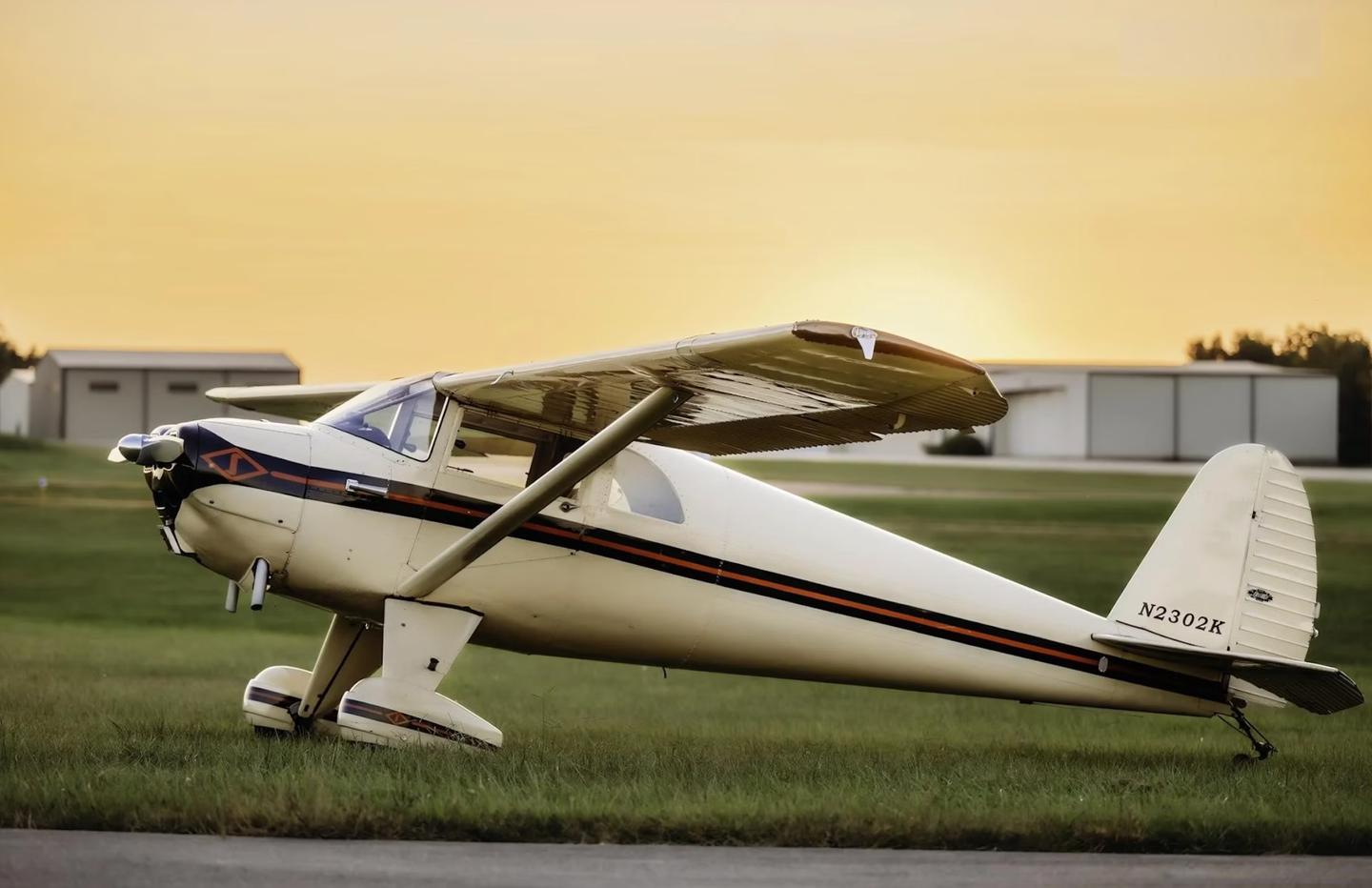
Subscribe to Our Newsletter
Get the latest Plane & Pilot Magazine stories delivered directly to your inbox

